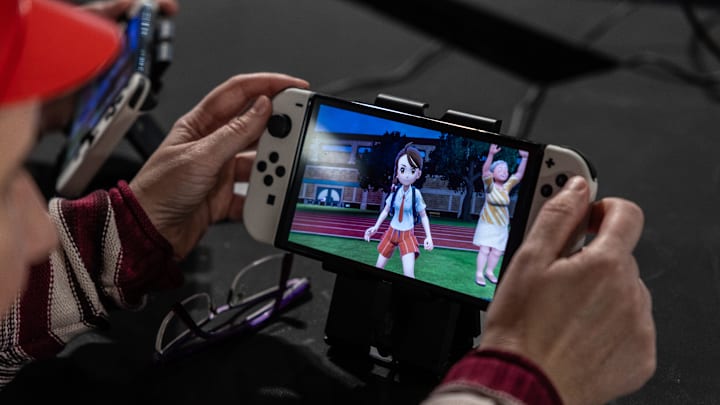The gaming industry is about to face a significant challenge: tariffs. On February 4, 2025, a 10% tariff on goods imported from China officially went into effect, and its impact could ripple across the entire gaming landscape. With the highly anticipated Nintendo Switch 2 on the horizon, many gamers are wondering what this means for console prices, game costs, and the industry as a whole.
What are tariffs, and why do they matter to gamers?
Tariffs are essentially taxes placed on imported goods. In this case, the U.S. government has implemented a 10% tariff on products coming from China, which happens to be where many of our gaming consoles and accessories come from. While the goal of these tariffs is to encourage domestic manufacturing, the immediate effect is higher costs for companies like Nintendo, Sony, and Microsoft, which can, in turn, result in higher costs for gamers.
Historically, when production costs rise, companies pass those expenses onto consumers. So, price hikes are possible in the near future for gaming consoles, controllers, and other accessories.
Everything you need to know about next-gen gaming consoles
Will the Nintendo Switch 2 be more expensive?
The Nintendo Switch 2 will come out later this year, likely in time for the kickoff of the holiday shopping season, and pricing speculation is already in full swing. Retailers like Costco Canada have listed a placeholder price of 499.99 CAD (about 337 USD), but tariffs could push this price even higher.
Nintendo President Shuntaro Furukawa has reassured fans that they are carefully considering the price to meet consumer expectations. However, if Nintendo doesn’t absorb the extra costs, we could see the Switch 2 priced closer to 400 USD or more in the U.S. market.
How will tariffs affect the gaming industry as a whole?
While consoles are a big concern, especially with the Switch 2 about to release, the tariffs could also affect other areas of the gaming industry. For instance, physical games will likely become more expensive. While many gamers are making the change to digital games, purists will be sad to see yet another nail in the coffin for collectible physical media. It also means you are less likely to see collectors’ editions.
PC gamers might be hit the hardest as graphics cards, processors, and other components see price hikes. GPUs, monitors, and gaming laptops will also likely increase in cost.
Some companies may slow down production or delay product launches to navigate these higher costs, which can lead to waiting lists and an increase in scalpers.
Will companies move production out of China?
To counteract tariffs, some companies have explored shifting production to other countries like Vietnam or India. Microsoft and Sony have already begun diversifying their supply chains, and Nintendo could follow suit. However, moving production takes time and money, meaning price increases may still be inevitable in the short term.
Follow GeekSided to stay up to date with how tariffs are affecting the tech and gaming community.
